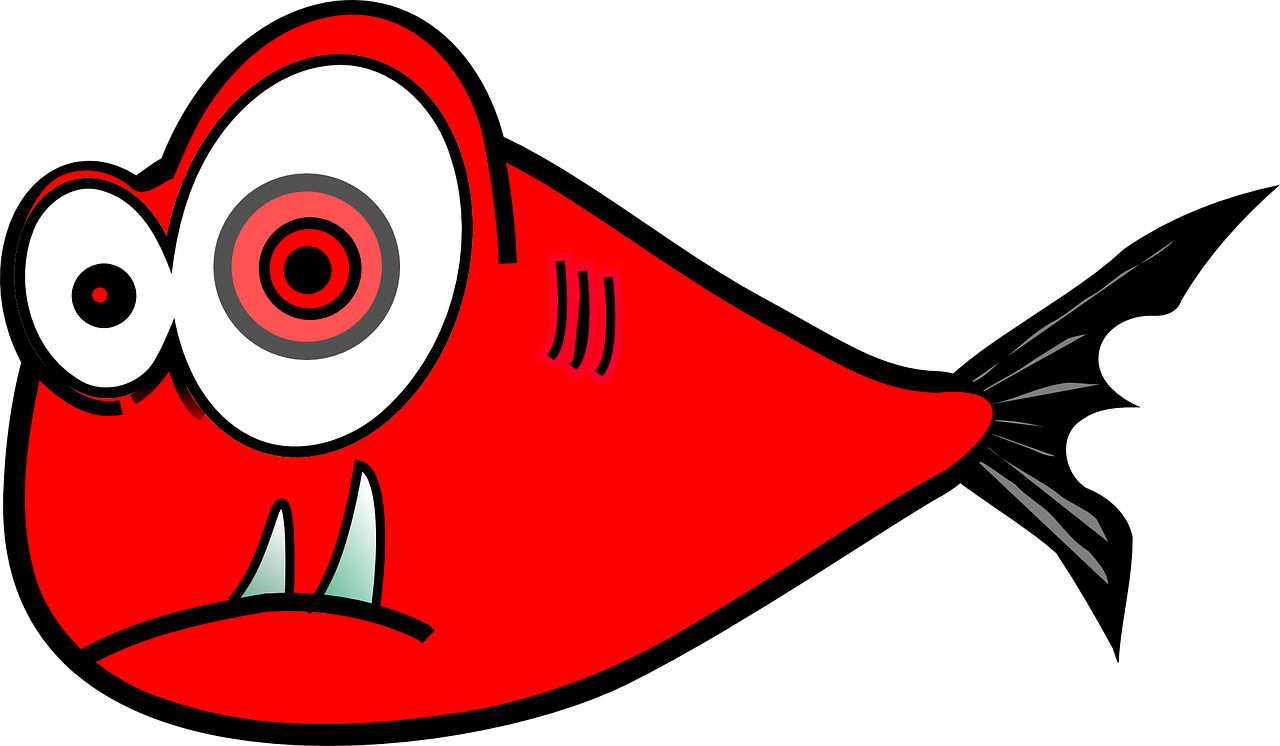
Are “blood boys” like the one on Silicon Valley a real thing, and if so do they work? – D.L. Madison, WI
Yes! They totally are! Well, sort of – here’s the skinny:

The idea of using the blood of younger people to heal or slow the aging process has been around for a while. There has been a recent resurgence in interest for two reasons. First, some intriguing new data has been generated and widely publicized, and second, some folks in Silicon Valley (the place, not the show) may actually be trying it.
The data has come from “heterochronic parabiosis” experiments in mice. Heterochronic parabiosis is the surgical pairing of the circulatory systems of two animals of different ages. Importantly, these experiments are performed in an attempt to understand the role of blood (and the factors it contains) versus the cells in the aging process – not in an attempt to develop a treatment for aging. Studies have shown that the cells in older mice benefit from being exposed to the blood of younger animals. That sounds great! However, there are some caveats. First, these mice are usually surgically connected for weeks to months of time – these effects have never been shown with a single or even multiple infusions – only continuous parabiosis. Second, the younger animals experience negative effects (their cells act like they are older), so it’s not something anyone is likely to sign up for.
Is pink slime dangerous and how can I avoid it? – K.B. Chico, CA
Great question! Here’s the skinny:
What is “pink slime”?
“Pink slime” is a pejorative term for “lean finely textured beef” (LFTB), “finely textured beef” (FTB), or boneless lean beef trimmings (BLBT). It’s added into ground beef as a filler and to reduce the fat content of the final product. To make pink slime, boneless beef trimmings (small leftover pieces of beef) are heated, centrifuged (spun around really fast to remove the fat), frozen and crushed into a paste. To disinfect it, ammonia or citric acid treatment is often used.

The term was coined by a USDA scientist by the name of Gerald Zirnstein. He didn’t like the look of the pink slime (to be fair, almost no one does), and he objected to it being classified as meat (he was overruled by his USDA superiors). Zirnstein may have had a point – this is probably stretching the definition of meat that most of us would accept. Basically, they took some fatty pieces of meat, removed most of the fat and turned what was left into a paste in the process – I guess that’s sorta meat? More like a meat puree? Whatever you call it, there is little doubt that it is made from meat, so we’ll just call it meat and move on.
Using ammonia to disinfect the LFTB has received much of the media attention, partly because it is specifically banned from use in Canada and the European Union (EU). However, Canada and the EU allow similar products which could be described as pink slime. The citric-acid treated LFTB is used in Canada and the EU allows something called “de-sinewed meat” or “red meat paste.” These all sound gross.

Ridiculous question from the internet: Can a human get a dog pregnant?
Source of said ridiculous question: Google Autofill*

Science’s answer: Oh my God No! We are hoping this is just curiosity and nothing… more. Seriously, though – most species can not mate successfully with other species for a variety of reasons, mostly because they physically can’t, or biologically their anatomy and physiology won’t permit it. In the few cases where this is possible, the two species in question are closely related, meaning they diverged evolutionary in the relatively recent past. Here are some fun examples:
- Horse + Donkey = Mule
- Zebra + Donkey = Zonkey (or Zeedonk)
- Cow + Yak = Dzo
- Cow + Bison = Beefalo
- Grizzly Bear + Polar Bear = Really Dangerous Bear (Ursid Hybrid)
- Lion + Tiger = Liger
- Dog + Wolf = Big Mean Dog (Canid Hybrid)
- European Honey Bee + African Honey Bee = Really Mean Bees (Killer Bees)
In most cases, species that can interbreed have the same number, or at least a very similar number of chromosomes. You & I, however, have 23 sets of chromosomes, while a dog has 39 (despite having fewer genes overall). From a practical chromosomal segregation standpoint, that is a dumpster fire. It just won’t work.






